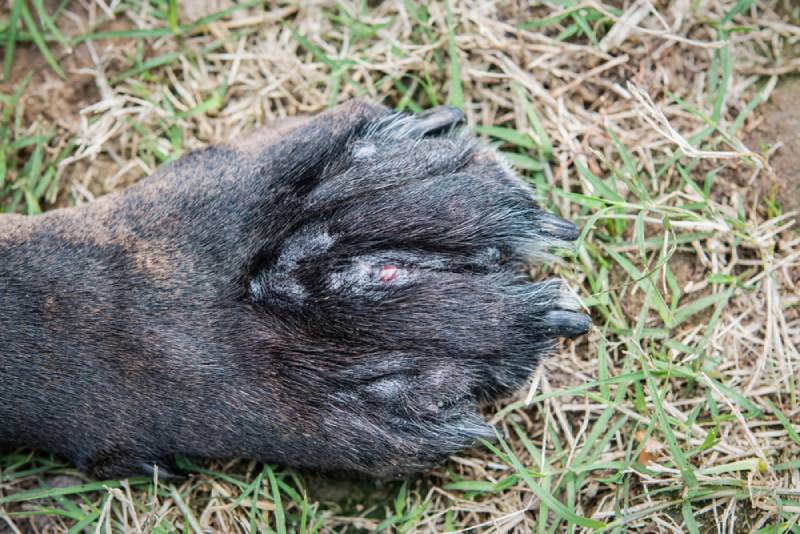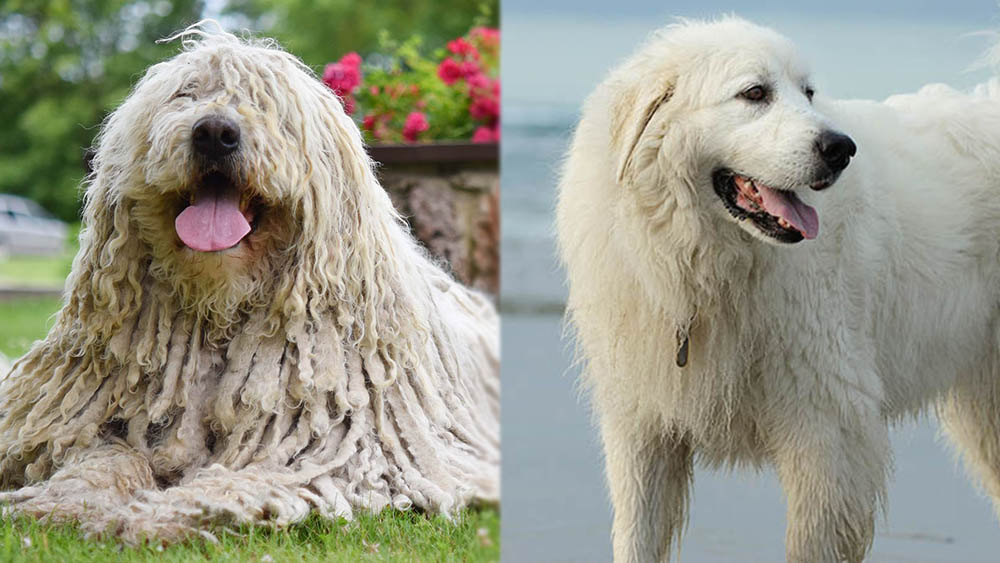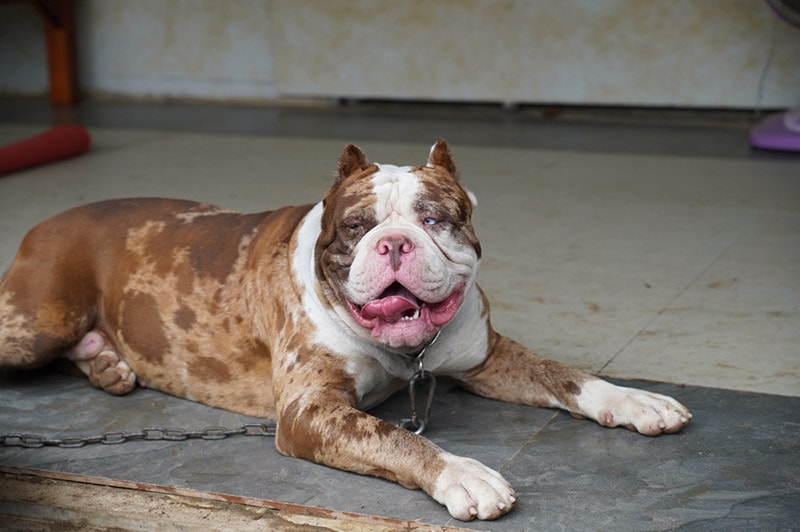How Many Puppies Do Golden Retrievers Have? Vet-Approved Breed Characteristics

Updated on
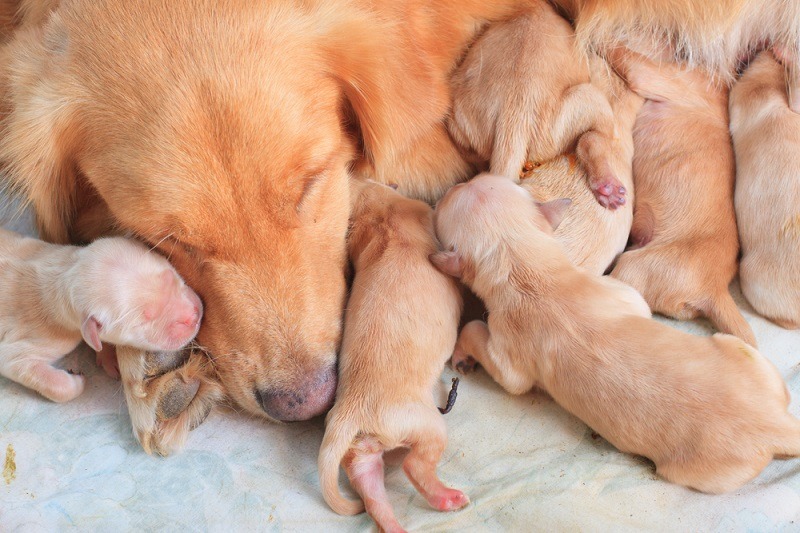
The Golden Retriever is one of the most popular breeds of dogs in the United States. They are known for their loyal and friendly personality, and many people choose them as their first dog. Such a popular breed is always in demand, and more Golden Retriever puppies are born every day.
However, there is a bit of uncertainty about how many puppies Golden Retrievers typically have. Due to their size, large dogs tend to have large litters, while small dogs tend to have small litters. As a bigger dog breed, Goldens can have anywhere from one to 12 puppies per litter, but six to eight puppies are about average. Some litters may have as few as four puppies. Read on to find out more!
 Why the Size of the Dog Breed Affects Litter Size
Why the Size of the Dog Breed Affects Litter Size
The different sizes of litter between breeds are due to the fact that large breeds have more room in their uterus to grow puppies, while small breeds have less room. This difference in litter size can be important for breeders, as they need to consider the size of the breed when planning how many puppies to produce.
However, it is also worth noting that different breeds of dogs will exhibit different average litter sizes, even within the same size class. For example, the German Shorthaired Pointer is around the same size as a Golden Retriever but has an average of eight to nine pups per litter.

First Litter
Female Golden Retrievers typically have their first heat cycle between 6 and 12 months of age. However, it is not recommended to breed from them until they are approximately 2 years old. The first litter of puppies for a female Golden Retriever is usually smaller in size than later litters. The mother’s body has to adapt to pregnancy to cope with a larger litter.
If this is your female’s first litter, know that they don’t usually require much human assistance during birth, but she should be closely monitored throughout the delivery and postpartum period. During her pregnancy, your dog should have regular checkups with a veterinarian to ensure everything is going well. Despite Golden Retriever mothers being able to deliver many puppies, it is possible (if uncommon) for not every pup to survive birth. The first 24 hours of a puppy’s life can be very challenging, especially if they have been born early.
Other Factors Affecting Litter Size
A Golden Retriever will probably give birth to four to 12 puppies. Dogs cannot be bred to have a specific litter size, but several factors can influence the size of your Golden’s litter.
1. Diet
Diet is an essential part of your Golden’s pregnancy. Pregnant dogs require high-quality vitamins, minerals, and premium proteins in addition to a healthy and balanced diet. Often, puppy food is recommended throughout the pregnancy and lactation. Additives and fillers in dog food can lead to poor nutrition and ultimately affect litter size. In addition, diet plays an important role in the health and survival rate of puppies after birth.
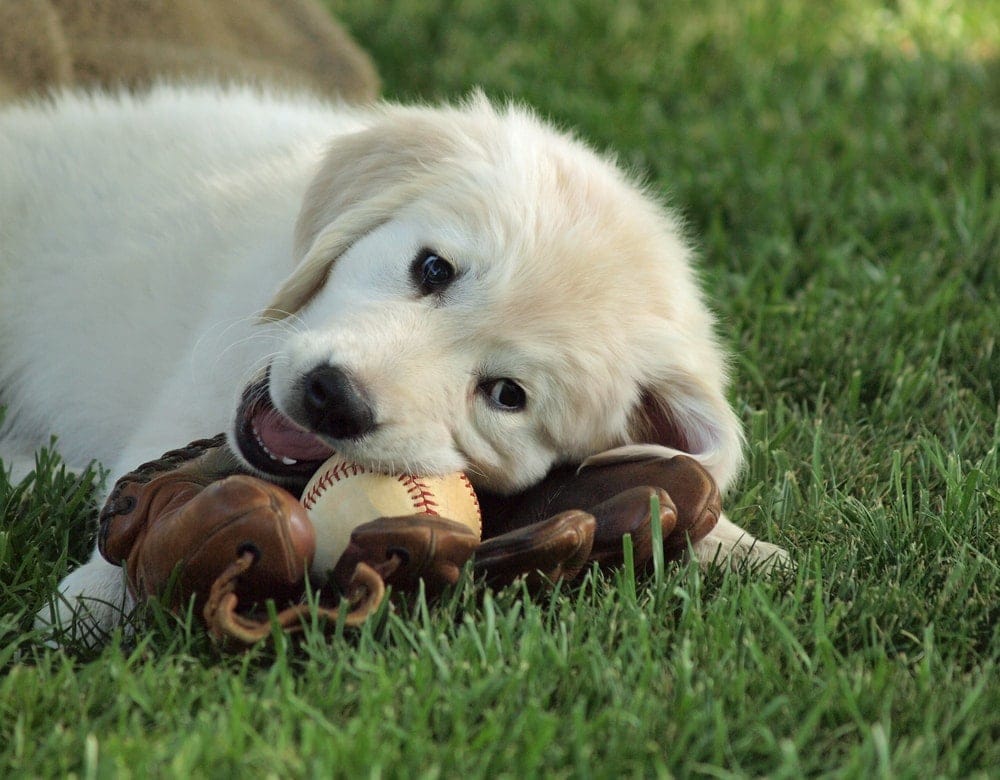
2. Obesity
The chances of a Golden Retriever producing a small litter are higher if they are obese. Additionally, obesity can impact the delivery of the puppies, making mothers more prone to have difficulties at birth (dystocia) and lower chances of puppy survival.
3. Age of Parents
Female Golden Retrievers should not be bred too young or too old. Ideally, a female should be between the ages of 2 and 5 when she is first bred. Goldies‘ litters are more likely to be smaller if you wait until they are 5 years or older to breed for the first time. It is also important to consider the age of the male. Once a male reaches the age of 4 or 5, their sperm count will decrease. The size of the litter decreases again for older females.

4. Lineage
Inbreeding happens when puppies are born from two related dogs. Overly inbred dogs are much less likely to have large litters than dogs with a diverse gene pool. If you are looking for a puppy, ask your breeder about their parents and whether they have been tested for genetic defects. It is important to know the parents’ history before buying a puppy. A reputable breeder will have papers to prove your puppy’s lineage.
5. Conception Method and Timing
It may surprise you to learn that the way your Golden becomes impregnated may determine how many puppies she will have. Having a large litter is more likely for Golden Retrievers that become pregnant naturally while conceiving by artificial insemination is more likely to lead to a small litter. Even the way the semen is kept can have an impact on litter size. Using fresh semen leads to slightly larger litters than using frozen semen. This is probably because the freezing process kills many sperm cells in preserved semen, resulting in fewer pups.

Puppy Mills
Puppy mills are commercial breeding facilities that mass-produce puppies for sale to the public. A Golden Retriever’s lifespan is about 10 to 12 years, so if a female is bred every heat cycle, she may produce as many as 84 puppies in her lifetime. In a puppy mill, the mother dog is often bred repeatedly until she no longer can bear puppies.
There are many other reasons that one should avoid buying a dog from a puppy mill. First, puppy mills are notorious for breeding dogs that lack medical attention, social interaction, and adequate premating testing. They can have a variety of genetic health problems, ranging from joint problems to heart disease. Second, puppy mills often keep dogs in horrible conditions, with little or no veterinary care. They may also be malnourished and abused.
 Conclusion
Conclusion
Golden Retrievers have an average of six to eight puppies per litter. A breeder or owner can mate their Goldie at the right time, exercise them, keep them healthy, and feed them high-quality food all year long, but ultimately, they cannot control the litter size. That depends on the mother dog and the father dog’s biology. If you’re thinking of getting a Golden Retriever and you’re not going to have your dog spayed, be sure you’re prepared for the commitment of caring for a litter of puppies.
- See Also: Golden Retriever Pros & Cons
Featured Image Credit: stockphoto mania, Shutterstock

 Why the Size of the Dog Breed Affects Litter Size
Why the Size of the Dog Breed Affects Litter Size
